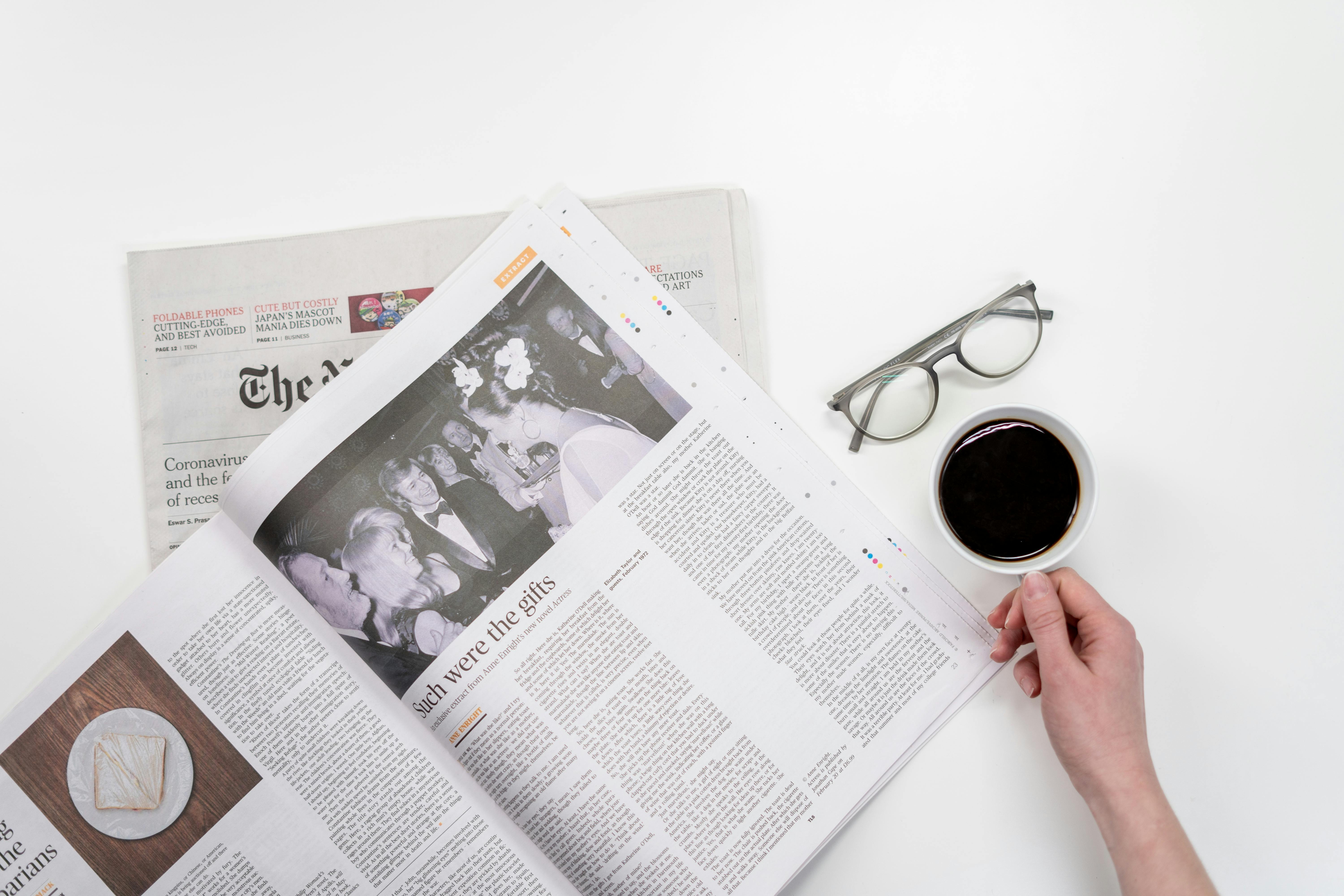News Media Critique: Evaluating Bias, Accuracy, and Ethics in Journalism
In an age where information is abundant and often overwhelming, evaluating the quality and integrity of news media is more crucial than ever. As consumers of news, we must develop the skills to assess bias, accuracy, and ethics to ensure that we are informed by reliable and trustworthy sources. This article will explore how to critically examine news media through these three key lenses: bias, accuracy, and ethics.


Understanding Bias in News Media
Identifying Bias
- Political and Ideological Bias: News outlets often have political or ideological leanings that influence their reporting. Recognizing the perspective from which a news organization operates can help identify potential biases. For instance, some media outlets may lean left or right politically, affecting how they report on issues.
- Selection Bias: This occurs when certain stories are emphasized over others, shaping public perception. An outlet that consistently highlights specific issues while ignoring others may be exhibiting selection bias.
- Language and Framing: The choice of words and the way stories are framed can reveal bias. Terms used to describe individuals or events can influence how readers perceive them. For example, referring to protesters as “rioters” versus “activists” can convey a particular stance.
Evaluating Sources
- Diverse Perspectives: To counteract bias, seek information from a variety of sources with different viewpoints. Comparing coverage from multiple outlets can provide a more balanced perspective.
- Transparency: Reliable news sources often disclose their editorial stance and potential conflicts of interest. Transparency about ownership, funding, and editorial policies can shed light on potential biases.
Assessing Accuracy in Reporting
Fact-Checking
- Cross-Referencing Information: Verify facts by checking multiple credible sources. Fact-checking websites and independent verification services can help confirm the accuracy of information.
- Original Sources: Whenever possible, refer to primary sources such as official documents, interviews, or raw data. Secondary sources that report on the primary information can sometimes introduce errors or misinterpretations.
Evaluating Evidence
- Supporting Evidence: Reliable reporting is supported by evidence, such as data, eyewitness accounts, and expert opinions. Evaluate whether the story provides sufficient evidence to back its claims.
- Corrections and Updates: Responsible news organizations issue corrections and updates when errors are discovered. Check whether the outlet acknowledges and rectifies inaccuracies in its reporting.
Recognizing Misinformation and Disinformation
- Misinformation: This involves false or misleading information spread without malicious intent. Be cautious of stories that lack evidence or rely on anonymous sources.
- Disinformation: This is deliberately false information spread to deceive or manipulate. Be wary of sensational headlines, emotionally charged language, and sources with a history of spreading falsehoods.
Examining Ethical Standards in Journalism
Ethical Principles
- Objectivity and Fairness: Journalists are expected to present information fairly and objectively, avoiding undue influence from personal opinions or external pressures. Assess whether the reporting strives to present multiple viewpoints and avoids taking sides.
- Integrity and Accountability: Ethical journalism requires honesty and integrity. Evaluate whether the news outlet is transparent about its sources and methods and whether it holds itself accountable for its reporting.
Handling Sensitive Topics
- Respect and Sensitivity: Reporting on sensitive issues such as tragedies, conflicts, or personal crises should be done with respect and sensitivity. Assess whether the coverage is compassionate and avoids exploiting individuals or situations for sensationalism.
- Privacy and Consent: Ethical journalism respects individuals' privacy and seeks consent when reporting on personal matters. Examine whether the outlet respects privacy boundaries and seeks consent from those featured in its stories.
Conflict of Interest
- Disclosure: Journalists and news organizations should disclose any potential conflicts of interest that may affect their reporting. Check for transparency regarding relationships with advertisers, sponsors, or political entities.
- Independence: Evaluate whether the outlet maintains editorial independence from its sponsors, owners, and advertisers. Independence ensures that reporting is not unduly influenced by external interests.
Tools and Strategies for Critical Media Consumption
Developing Media Literacy
- Educational Resources: Many organizations offer resources and workshops to improve media literacy. Engaging with these resources can enhance your ability to critically analyze news media.
- Critical Thinking: Apply critical thinking skills to analyze and question the information you encounter. Consider the source’s credibility, the evidence presented, and any potential biases.
Engaging with Fact-Checking Organizations
- Reliable Fact-Checkers: Use reputable fact-checking organizations like Snopes, FactCheck.org, and PolitiFact to verify claims and assess the accuracy of information.
- Research and Review: Regularly review the methodologies and findings of fact-checking organizations to understand how they assess and validate information.
Supporting Ethical Journalism
- Subscribe to Quality Outlets: Support news organizations that adhere to high ethical standards and demonstrate a commitment to accuracy and fairness.
- Advocate for Transparency: Encourage news outlets to be transparent about their practices and to uphold ethical journalism standards.


In an era of rapid information dissemination and diverse media sources, evaluating news media for bias, accuracy, and ethical standards is essential for staying well-informed. By recognizing and questioning potential biases, verifying the accuracy of information, and assessing ethical practices, consumers can navigate the complex media landscape with greater discernment. As media consumers, our critical engagement helps uphold the integrity of journalism and ensures that we receive reliable and trustworthy information.












